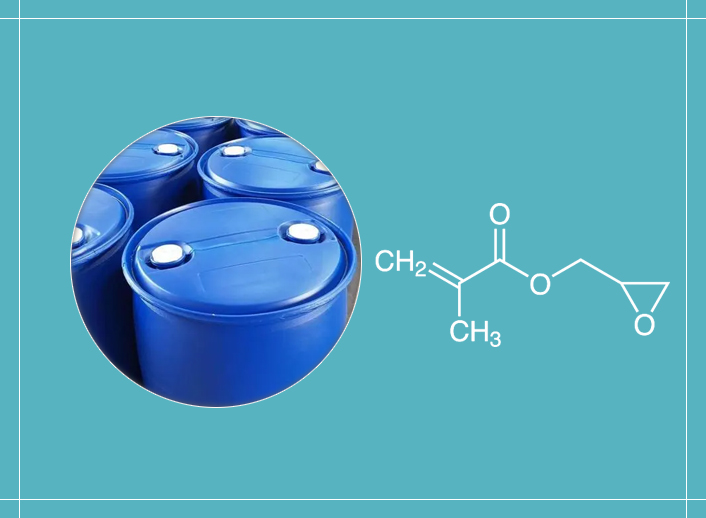Application of Glycidyl Methacrylate GMA in Photoresist
Photoresist, also known as photoresist, refers to a thin film material whose solubility changes through irradiation or radiation of ultraviolet light, electron beam, ion beam, X-ray, etc. It is a light-sensitive mixed liquid composed of three main components: photosensitive resin, sensitizer and solvent. In the photolithography process, it is used as an anti-corrosion coating material. When semiconductor materials are processed on the surface, if an appropriate selective photoresist is used, the desired image can be obtained on the surface. Photoresists are classified into two categories according to the images they form: positive and negative. In the photoresist process, after the coating is exposed and developed, the exposed part is dissolved and the unexposed part remains. The coating material is a positive photoresist. If the exposed part is retained and the unexposed part is dissolved, the coating material is a negative photoresist. According to the exposure light source and radiation source, it is divided into ultraviolet photoresist (including ultraviolet positive and negative photoresists), deep ultraviolet photoresist, X-ray glue, electron beam glue, ion beam glue, etc. Photoresist is mainly used in fine-grained processing operations such as display panels, integrated circuits, and semiconductor discrete devices [6]. The production technology of photoresist is relatively complex, with a wide variety of varieties and specifications. In the manufacture of integrated circuits in the electronics industry, strict requirements are imposed on the photoresist used.

X-ray photoresist
The chemical effect of X-rays on substances is similar to that of electron beams. When X-rays are exposed, the X-rays themselves cannot directly cause a reaction in the photoresist. Their energy is consumed in the photoelectron emission process to produce low-energy electron beams. It is these low-energy electrons that ionize the molecules of the photoresist and stimulate chemical reactions, causing the bonds between the photoresist molecules to dissociate or bond into polymers, making them soluble or insoluble in certain developer solutions. There is no essential difference between X-ray photoresists and electron beam photoresists [40], so all electron beam photoresists can be mixed with X-ray photoresists. Some 248 nm optical photoresists can also be used as X-ray photoresists [31]. The resolution of X-ray photoresists is very high. For example, early positive photoresists used fluorinated polymethacrylates [33], and negative photoresists used glycidyl methacrylate-ethyl acrylate copolymers and poly(2,3-dichloro-1-propyl)acrylate.